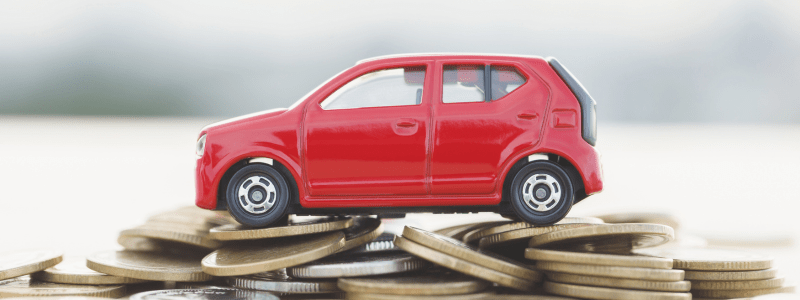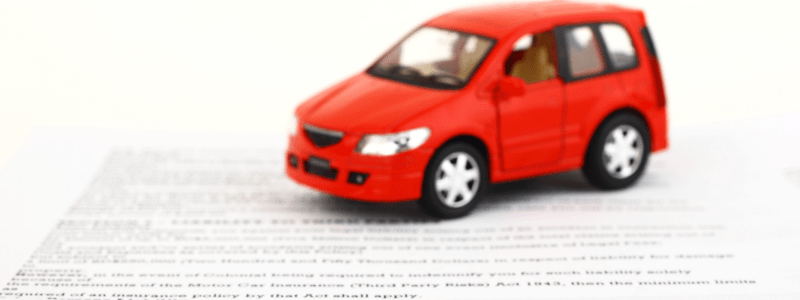
More of a lifeline to anyone financing or leasing a car, however, is gap insurance. Gap insurance fills the gap between what your car is worth and how much you still owe on a loan or lease if the car is totaled or stolen. Sounds foolproof, doesn’t it? Not exactly.
Gap insurance may be a savior, but there are certain situations in which it will not come to your rescue to cover the shortfall. So, with complete surprise, here is the shocking truth about when does gap insurance not pay for you.
What Is Gap Insurance?
Gap insurance, more commonly referred to as Guaranteed Asset Protection insurance, covers the “gap” between what your primary auto insurance pays and what you owe on your vehicle loan or lease. This generally happens because of rapid automobile depreciation—the value of a car falls as soon as it leaves the dealer’s lot.
For instance, assuming that the ACV of your car is $20,000 but you owe $25,000 in your loan, the gap insurance covers this difference of $5,000. Gap insurance is usually most useful for a new or high-value car and also when one has long-term loans or high-interest loans.
Common Misconceptions About Gap Insurance
There’s much confusion over gap insurance. Many people think it pays for everything about a totaled or stolen car, which it is not. The following are some common myths:
- Assuming it covers routine repairs or maintenance.
- It therefore applies to any financial shortfall, regardless of cause.
- It believes it will always pay the difference, irrespective of circumstances.
For instance, such myths will trigger frustration, yet the denial of claims once there are gaps in the policy.
Situations Where Gap Insurance Doesn’t Pay
Not Having Comprehensive Collision Coverage
Gap insurance is not a separate policy. You will need comprehensive and collision coverage for it to be effective. If you only carry liability insurance, your claim would likely be rejected. Take the example of completely wrecking your car but not having collision coverage-only gap insurance will pay a penny.
Vehicle Depreciation Exceeding Limits
Like any gap insurance, a policy has limitations. If your auto devalues more than what the policy outline caps out, you would be covering the rest of it. Luxury cars or cars that go through excessive mileage may depreciate more than what standard policies could account for and leave you underinsured.
Loan or Lease Terms Not Covered
Gap insurance typically only covers loans or leases to a certain percentage of the car’s value. If the loan is higher than this threshold-perhaps rolled in with negative equity or some extended loan terms could end up with uncovered costs.
Late or Missed Insurance Payments
Missing payments on your gap insurance policy can void your coverage. Insurance companies require regular premium payments to satisfy claims. If your policy has expired You’ll be out of luck even if your car is full or stolen.
Using the Vehicle for Commercial Purposes
Gap insurance is likely to be unavailable if you use your car for ride-sharing, delivery, or any other business purpose unless you disclose that usage and purchase a commercial policy. Providers consider such usage as business to be of a higher risk thus typically excluding business usage from standard policies.
Other Exclusions to Be Aware Of
Coverage for Aftermarket Modifications
Many owners spend thousands of dollars on aftermarket upgrades, such as custom wheels, high-end sound systems, or performance enhancements. Gap insurance generally does not cover these and if you have had thousands of dollars in upgrades and your car is totaled, you won’t be paid for the extras unless and until they’re added to your policy.
It is always safe to check with your insurer before making any modifications and asking if you can add extra coverage that includes these enhancements.
Intentional Damage or Fraud
Gap insurance is created to cover accidents and events that are not anticipated and not damages or fraud from intentional practices. Whether in the investigation, that person discovers the damages on the vehicle were intentional, or false information has been provided, the claim shall be rejected.
For instance, claiming that one had an accident to sell gap insurance is not only unprofessional but also illegal. Insurance corporations have fraud examination teams that scrutinize suspicious claims; therefore, it will always be better the office way.
Natural Disasters Not Covered by Your Policy
Many individuals believe that gap insurance covers any type of disaster, which it does not. Gap insurance will not make up for that deficiency if the main policy does not cover flooding, earthquakes, or hurricanes.
Gap insurance does not cover damage from a flood, including if your car is swept away and the comprehensive insurance does not cover water damage. You can add specialized natural disaster coverage if you live in a high-risk area.
How to Ensure Gap Insurance Works for You

Reading the Fine Print of Your Policy
Reading your gap insurance policy is one of the best ways to avoid a huge surprise from some limitations, coverage exclusions, and conditions that need fulfillment to get your claim passed.
Look for terms like “maximum payout limit” or “excluded circumstances” to understand what’s covered and what isn’t. If you are unsure, ask your insurer for guidance.
Maintaining All Required Insurance Policies
Gap insurance is tied to your original auto insurance. In this example, if you cancel or allow your comprehensive or collision coverage to lapse, gap insurance doesn’t apply. To ensure you’re always covered:
- Record the renewal dates of your policies.
- Set up automatic payments to avoid lapses.
- Review your coverage regularly to ensure it remains compliant with all your needs.
Keeping Loan and Lease Terms in Check
Be sure of loan or lease terms: A too-high interest rate on a car loan or lack of ability to roll in negative equity on one loan into the next may send you over your coverage limits with a gap insurance policy.
First, find out how much your gap insurance will pay out before finally signing any loan agreement. So if your loan amount exceeds the cap on the policy, you may have to pay that difference out-of-pocket in case you file a claim.
Alternatives to Gap Insurance
Guaranteed Asset Protection Waivers
These are mostly issued by car dealerships and lenders and have a lot in common with gap insurance, though they are tied directly to the loan or the lease.
This can roll into your loan payments, which can make it easier to maintain but would normally cost more and offer less flexibility than gap insurance.
Self-Funding the Gap
Another option is to self-insure the depreciation gap. This is also known as saving for the difference between the value of your car and that of the loan in case your automobile gets totaled or stolen.
This is a savings-based method that saves on insurance premiums, but it also requires discipline to save enough and thus places the risk of not saving enough. It would be better suited for those who require control over their finances and have an all-reliable fund for emergencies.
Conclusion
Gap Insurance is an invaluable tool to protect yourself financially when you finance or lease a vehicle. But it’s not a cure-all. Many people are shocked to find that their claim has been denied because of an exemption. Coverage Errors and misunderstandings about how the policy works.
By understanding when Gap Insurance won’t pay—and taking steps to avoid those situations—you can ensure you’re adequately covered. Whether reading good publications Maintaining essential coverage or exploring options Staying informed is key to avoiding financial surprises.
To learn how effective budgeting can help you manage your finances and avoid unnecessary costs, check out our article What Is Budgeting and Why Is It Important?
